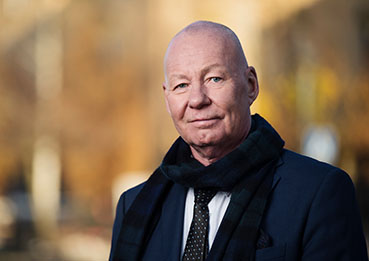Working at KTH, which is full of talent and stars, makes me undeniably proud – soon our second Nobel Prize may be on its way – who knows?Hannes Alfvén received the prize in physics in 1970 and I have always been curious about him as a person. Who was he and what was his legacy to his alma mater?
To answer this question, a while ago I got my hands on a fantastic book “Tidens retorik”. It was written by Svante Lindqvist, a former professor of history of technology at KTH Royal Institute of Technology who has long been fascinated by Alfvén.
I have not yet read the entire comprehensive volume – I will readily admit – but the picture of a highly committed and solid researcher emerges. He seems to have been genuinely curious not only about science but also about the society in which it operates.
To dare to be critical and see how various technological advances can also have a downside feels like a legacy from Alfvén. In addition to being an extraordinary scientist, he was also a committed social debater and eventually took a stand against nuclear power. It was a position that was not appreciated in all parts of society at the time, but which nevertheless shows his great integrity and commitment to contemporary issues.
Another commitment, if one may speculate, was as the bearer of KTH’s tradition of close co-operation and interaction with industry and society in general. Something that we carry on more than 80 years later in our strategic partnerships.
Alfvén apparently invented the trochotron whose patent was sold to LM Ericsson in 1946 for a sum that exceeded the Nobel Prize he received much later.
By the way, I wish everyone a Merry Christmas and a Happy New Year in due time!

